|
"School’s starting, and I didn't get anything done this summer.”
I’ve heard this every August, and I’ve said this almost every August. Whenever I’ve asked professors and PhD students what percent of their planned work they got accomplished over the summer, no one has ever said “All of it.” Almost everyone says something between 25 to 35%. Everyone from the biggest, most productive super stars with the biggest lab to the most motivated, fire-in-their-belly PhD student with the biggest anxiety. We are horrible estimators of how productive we’ll be over the summer. I was in academia for 35 years (including MA and PhD years), yet every single summer I never finished more than 30% of what I planned. How can we be so poorly calibrated? We never learn. We never readjust our estimate for the next summer. Next summer we’ll still only finish 25-35% of what we planned to do. There are only two weeks in the year when I’m predictably down or blue. It’s the last two weeks of August. It’s not the heat (I mostly stay indoors). It’s not the impending classes (I love teaching). It’s not all the beginning of semester meetings (I loved my colleagues and loved passing notes to them under the table). Ten years ago, I realized that I felt down the end of every August because I had to admit “school’s starting and I haven’t gotten jack done all summer.” The beginning of school is the psychological end of the Academic Fiscal Year. One solution to our August blues lies in understanding what times of the year we do like most, and to see if we can rechannel those warm-glowy feelings to August. If you had to guess the #1 favorite time of the year for most academics, you’d probably guess “The end of school.” The #2 favorite time of the year you might guess would be the “Winter or Christmas break.” What would you guess the third favorite time of the year is? Surprisingly, I’ve heard people say it’s when they turn in their Annual Activity Report (AAR). That’s the summary document they turn into their hard-to-please Department Chair that summarizes what they’ve accomplished in the prior 12 months: What they published, who they advised, what new things they’ve started, what new teaching materials they’ve created, and so forth. Snore. How could writing an Annual Activity Report be a highlight? Because it shows in black-and-white that we didn’t sleep-walk through the year. It reminds us that the publication that we now take for granted was one that we were still biting our nails about last year at this time. It reminds us of our advises who were stressing over their undergraduate thesis a year ago and who have now happily graduated. It reminds us of the cool ideas we've into hopeful projects -- ideas we hadn't even thought of a year ago.. Going back in a 12-month-ago time machine shows us what we did accomplish. It turns our focus toward what we did – and away from what we didn’t. Once we cross things off of our academic To-do list, we tend to forget we accomplished them. August might be a good time to do a mid-year AAR. It might not turn our August blues into a happy face yellow, but might at least turn it to green. A green light for a great new school year. Have a tremendous school year.
0 Comments
|
Welcome...Tips for PhDs is a how-to community that helps us share our best practices as PhD students, new professors, and independent scholars.
Helpful tools and tips on how to graduate, get tenure, teach better, publish more, and have a super rewarding career.
Relevant Posts
All
Some Older PostsArchives
April 2024
|
Share Your Insights and IdeasWhat have you created or found that's been useful and could be helpful for other PhD students, new professors, or independent scholars?
Send an email to [email protected] if you have something you think would be useful to share with others on this website, or if you have ideas on how to make this more useful to you or your students. |
Stay in touch |


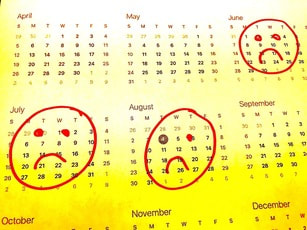
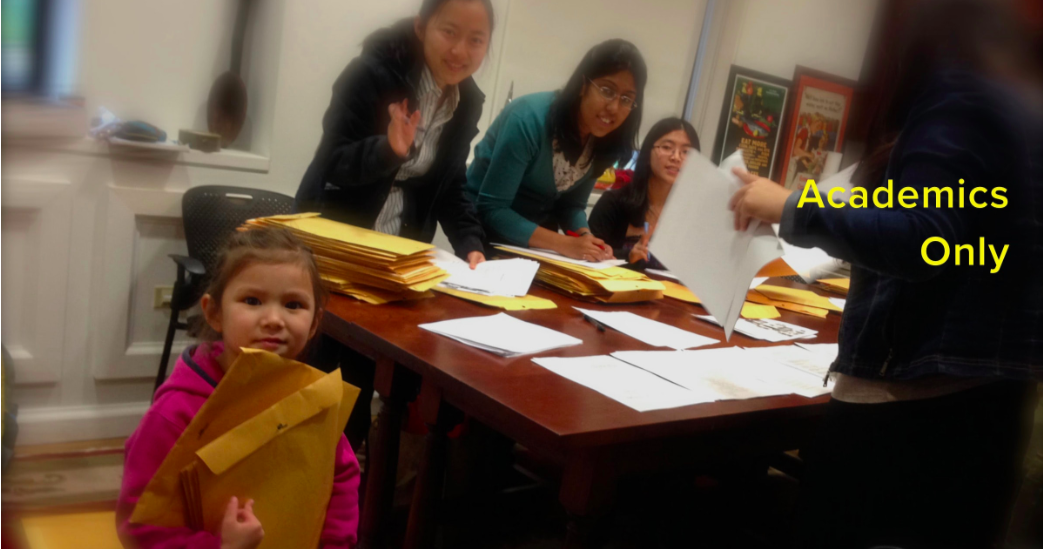
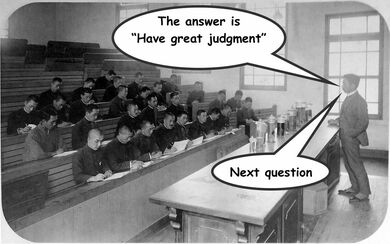
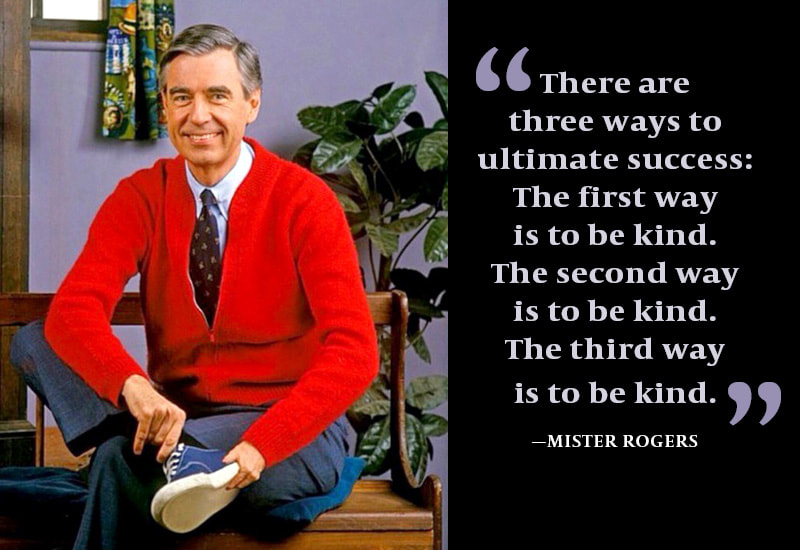
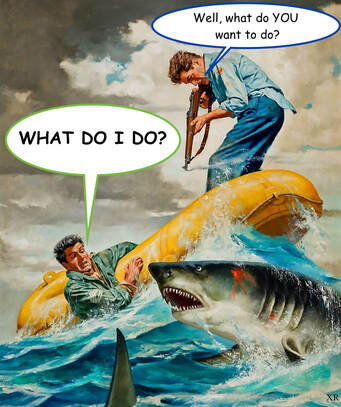
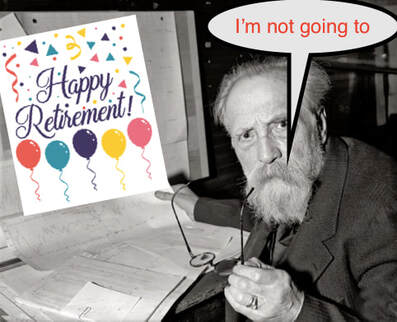
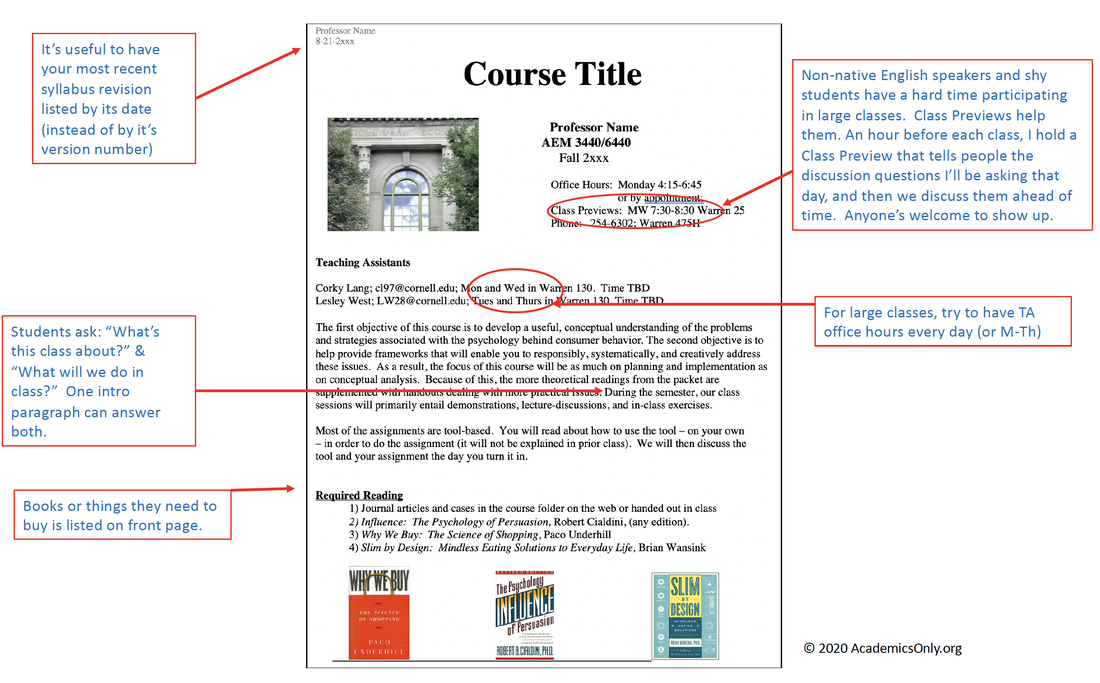

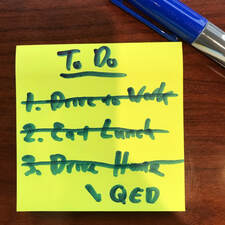

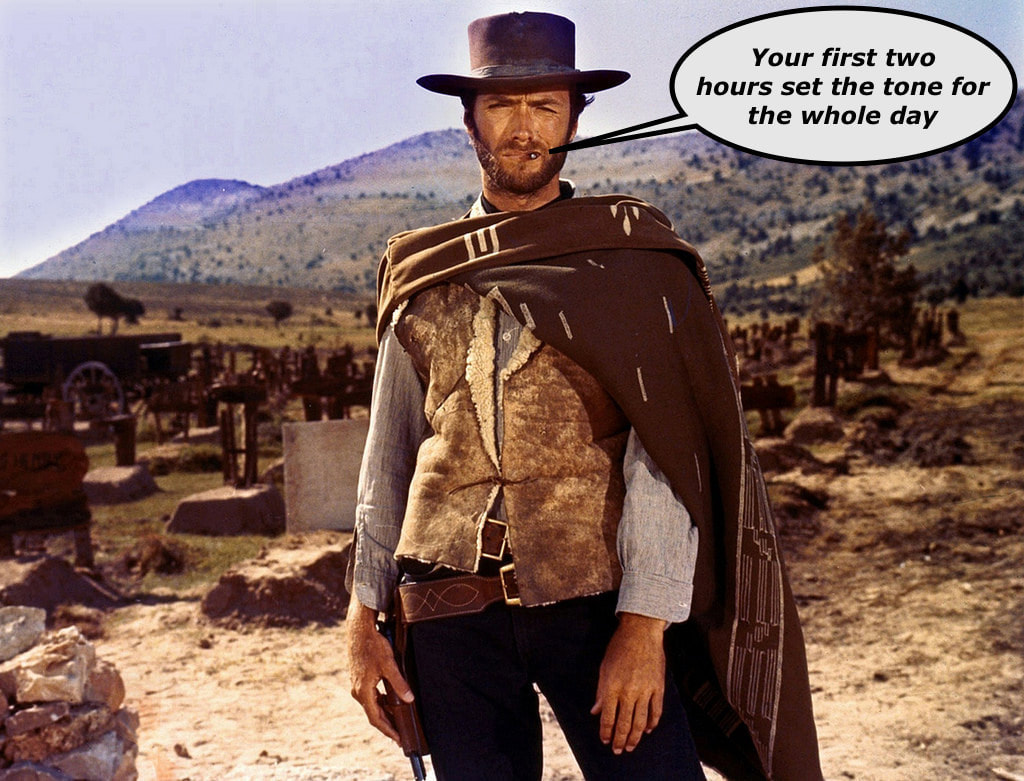
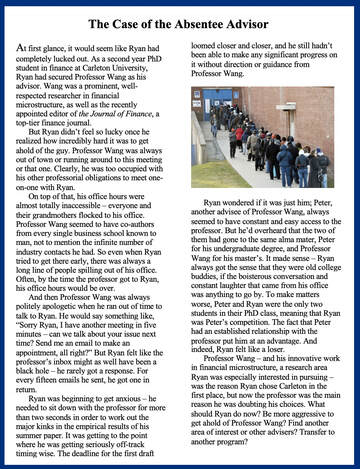



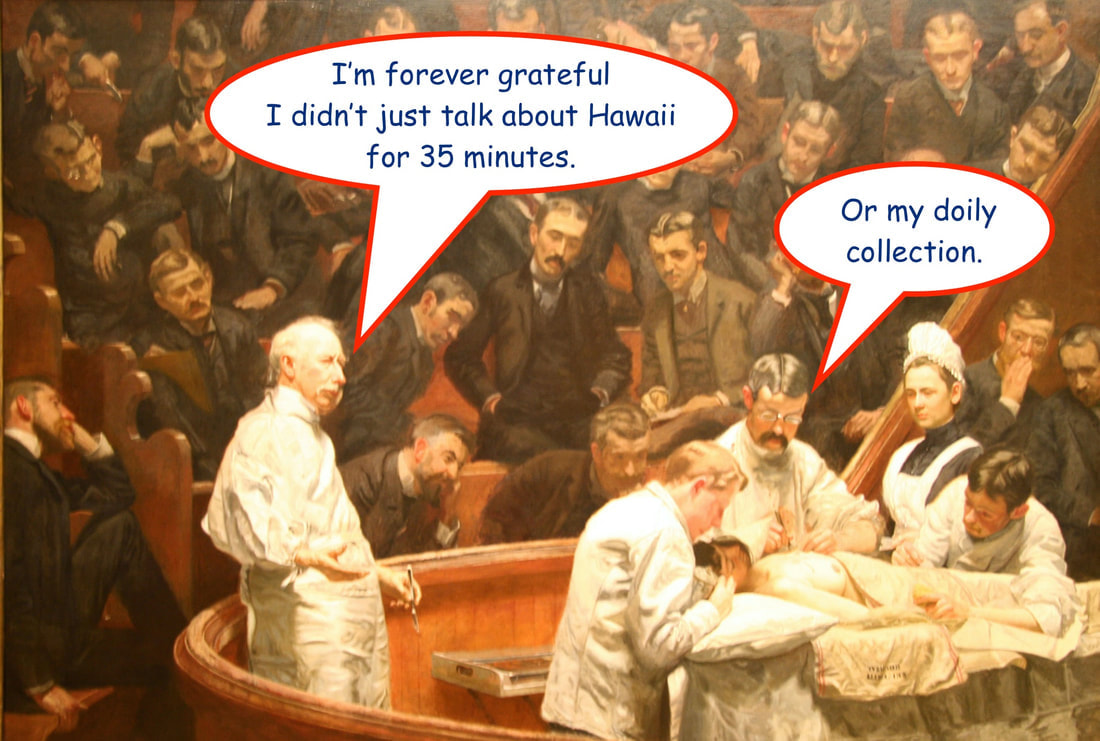
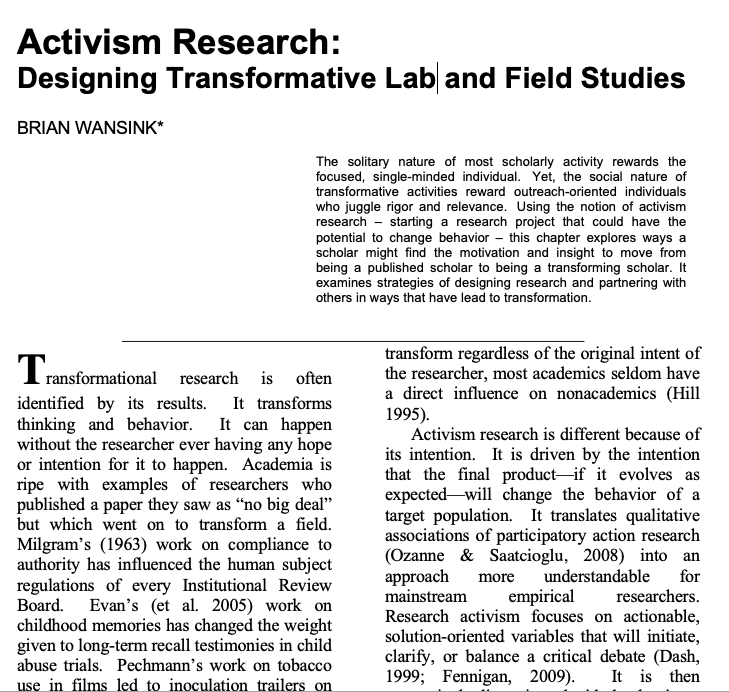

 RSS Feed
RSS Feed